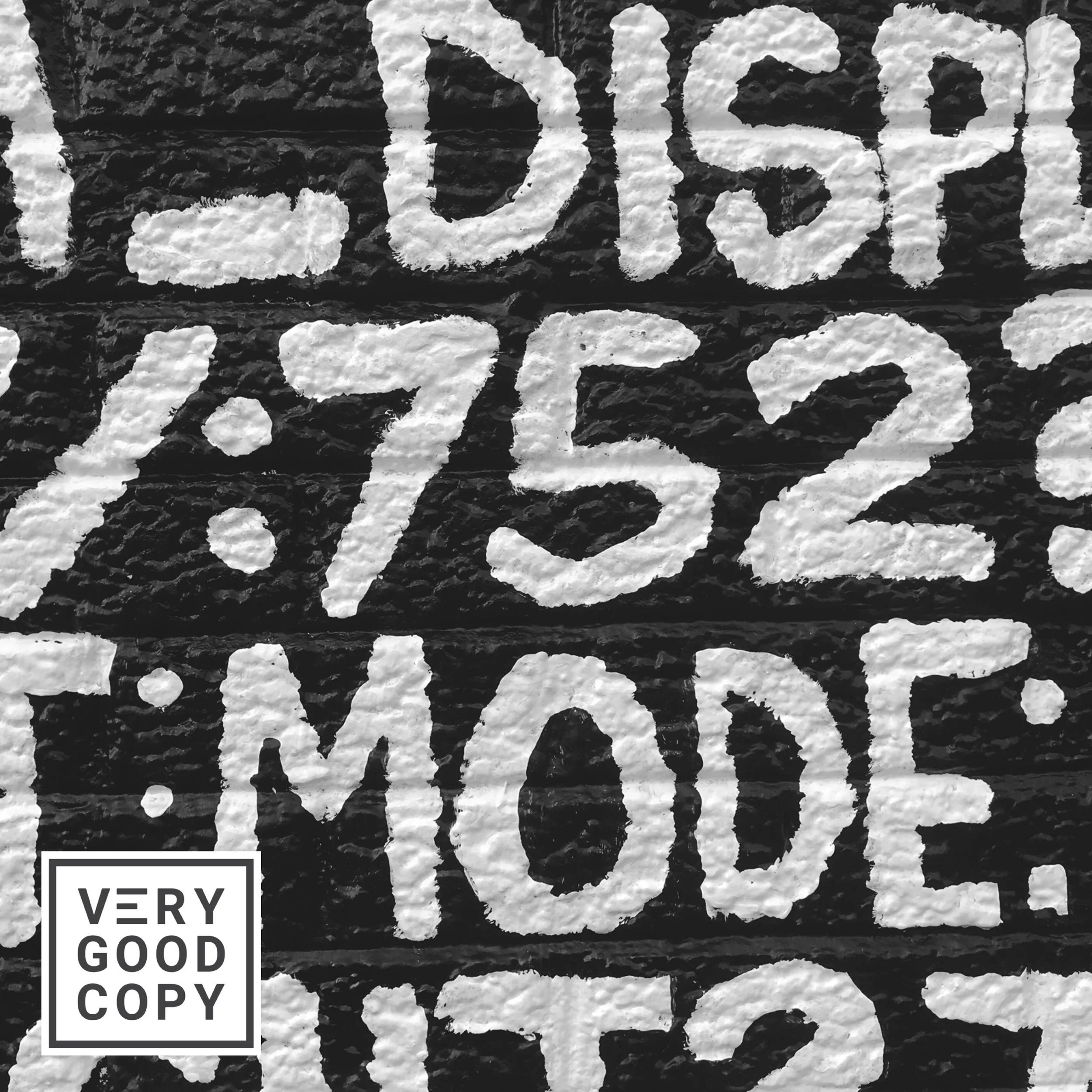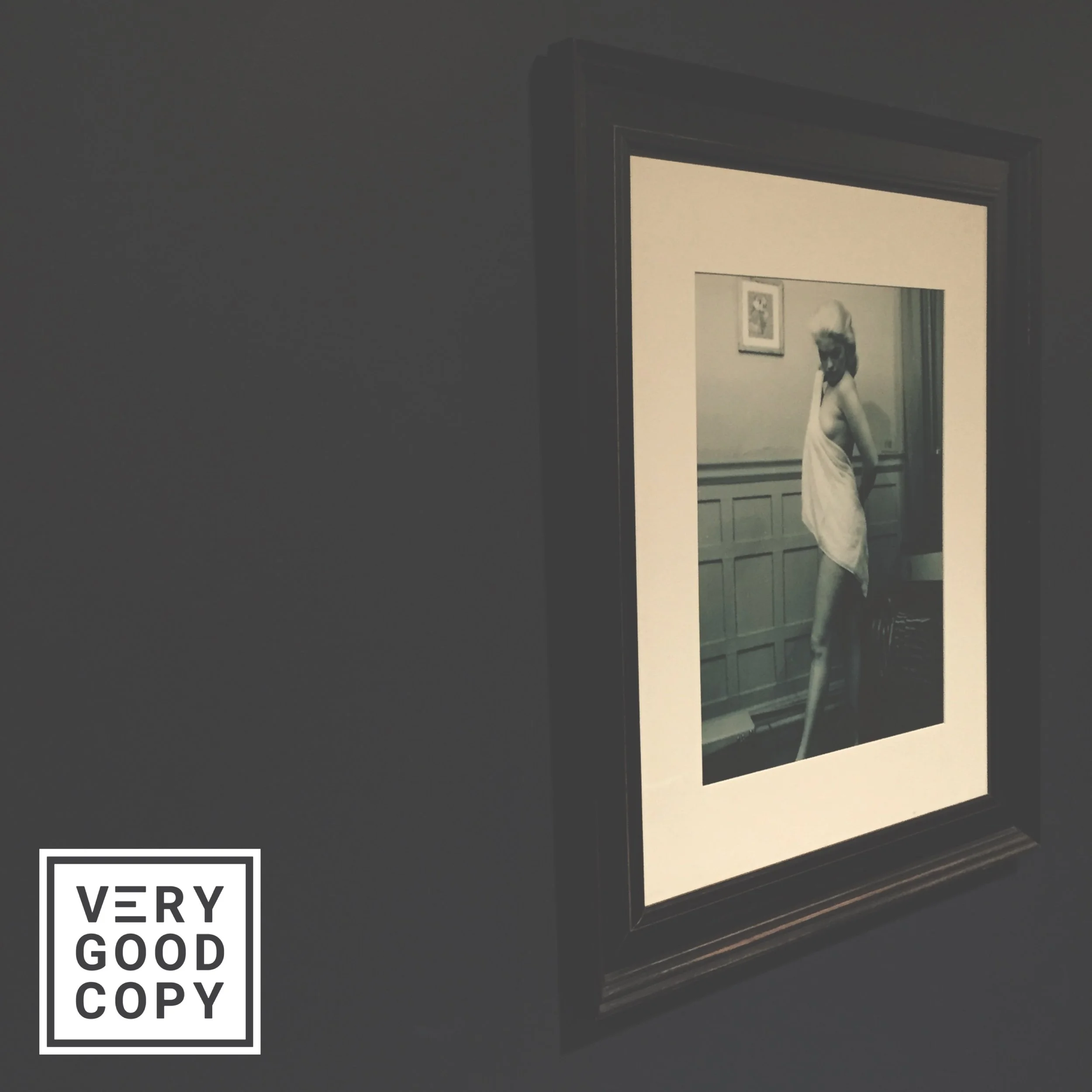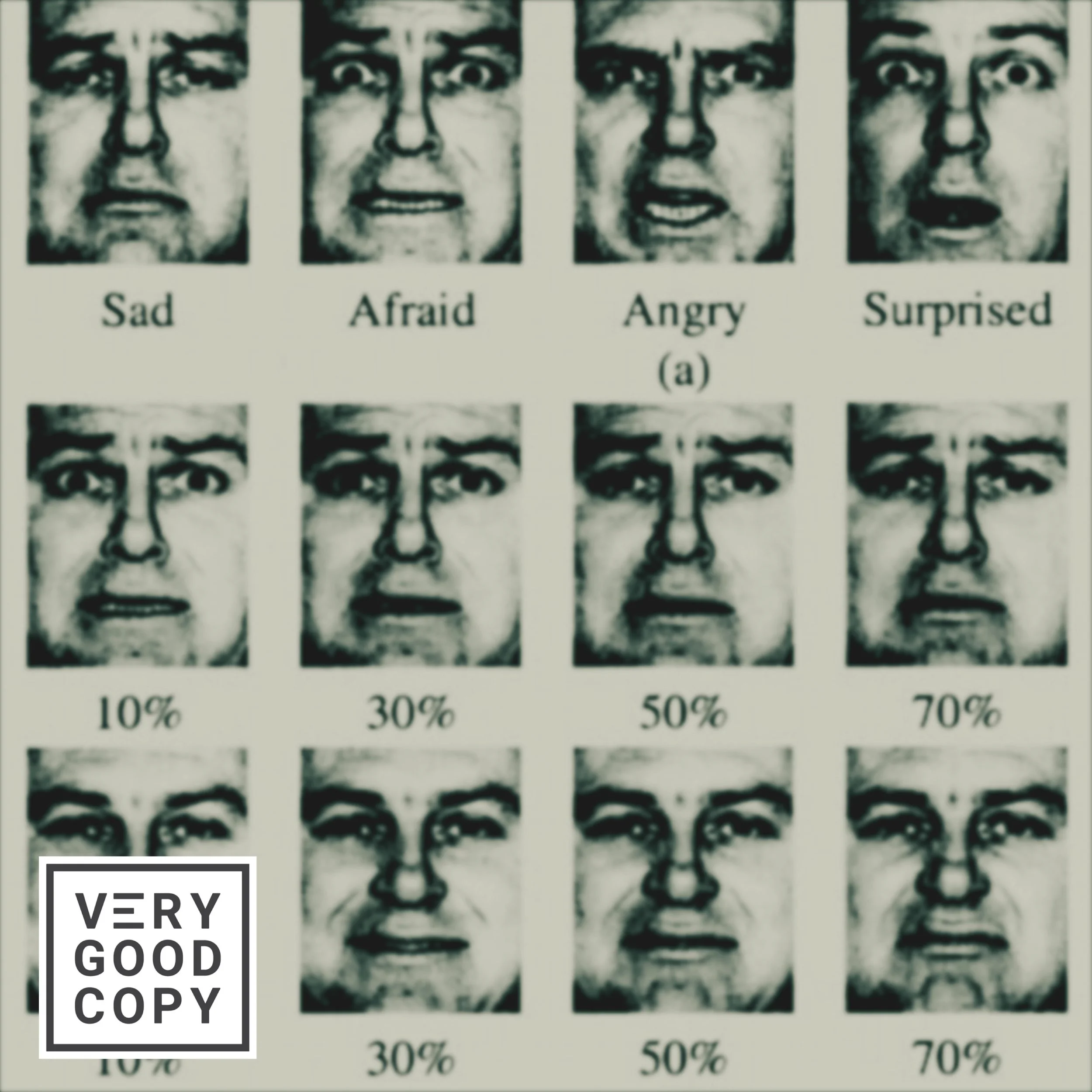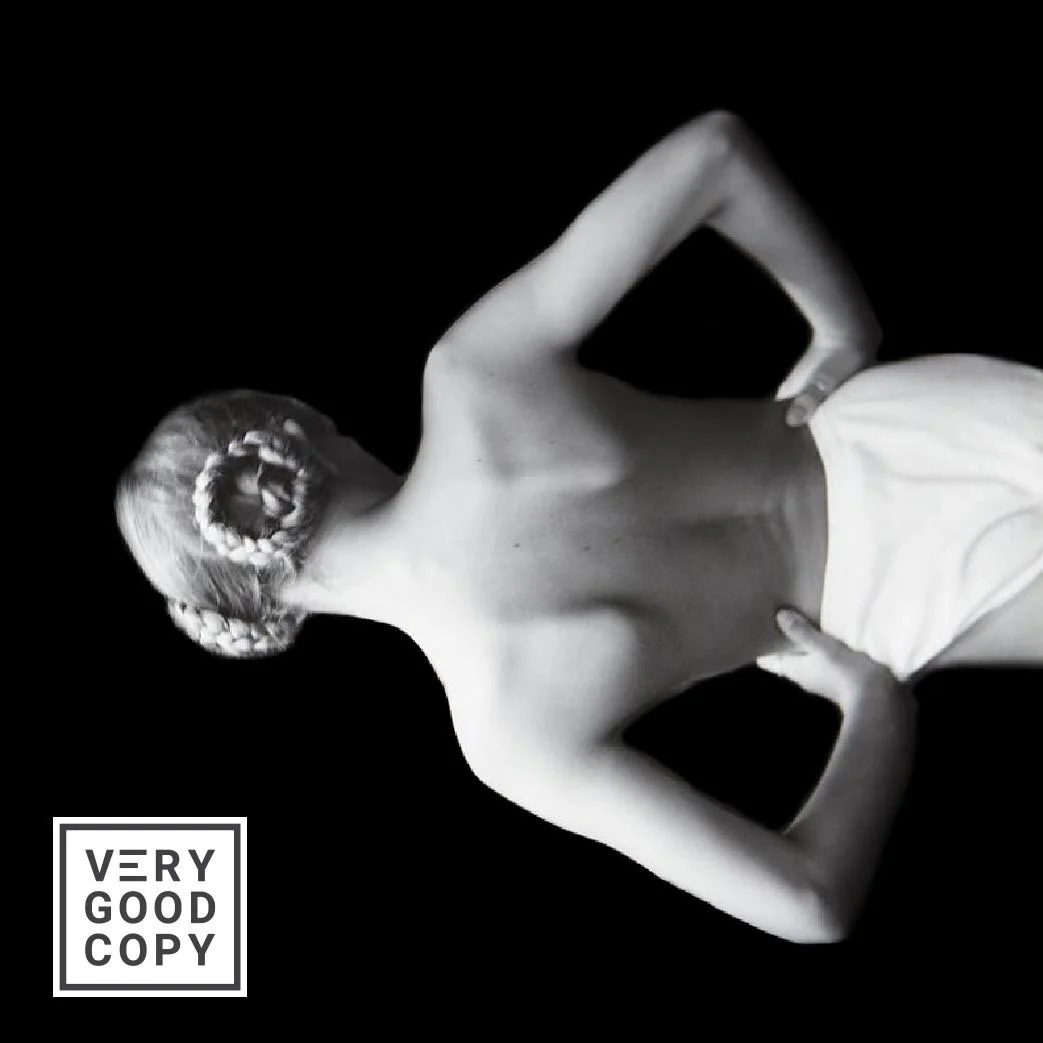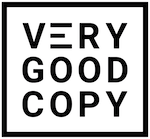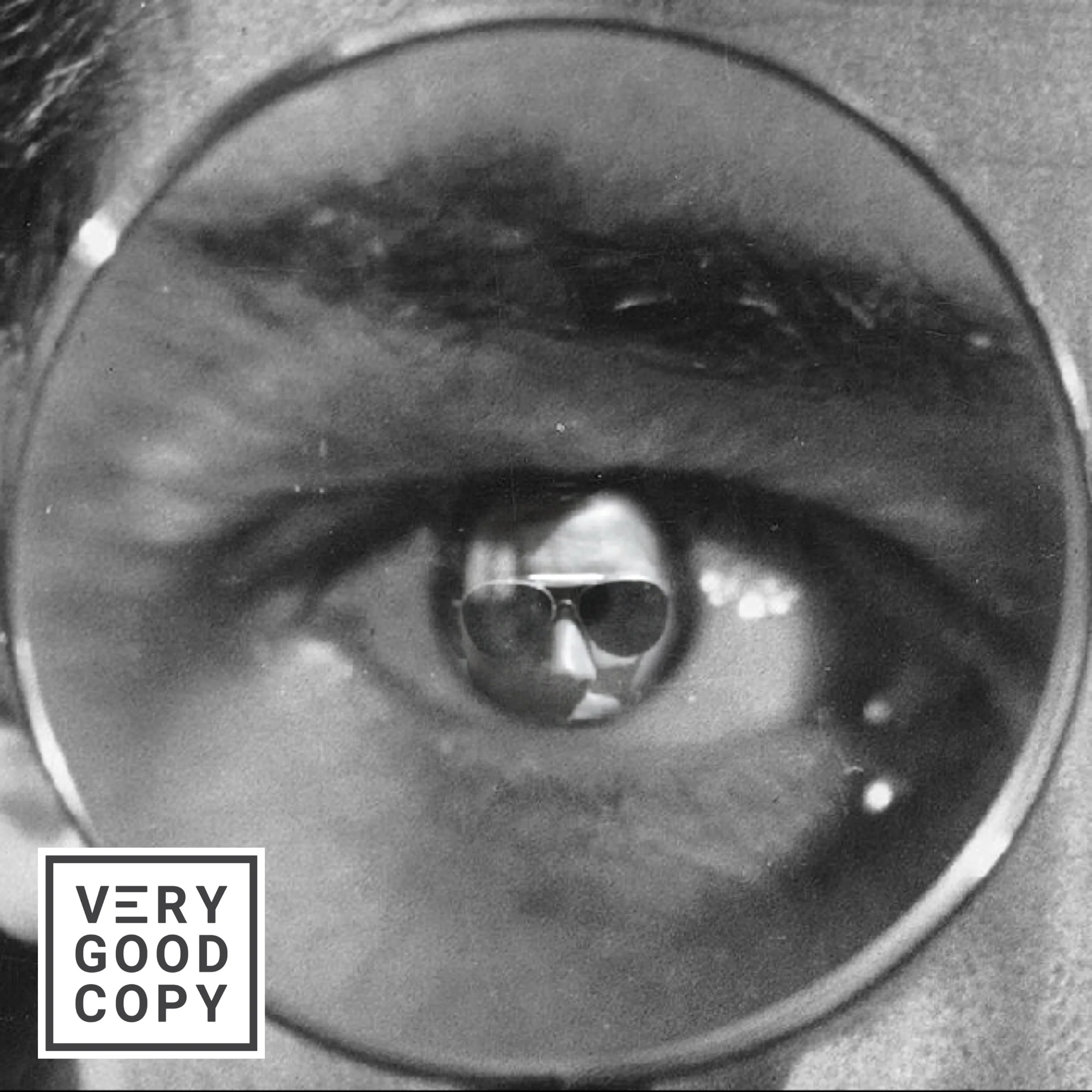![VeryGoodCopy [Small].png](https://images.squarespace-cdn.com/content/v1/5615edeae4b0b9df5c3d6e90/1577057603570-SGGR3MROF64W64W9YL1J/VeryGoodCopy+%5BSmall%5D.png)
I have to warn you:
This system is uncomfortable, awkward, painful. You’ll walk away from it with a bruised ego.
(Gary Bencivenga, one of the world’s greatest living copywriters, called it “odious” and “sadistic” and “devastating” and “weird” and “cumbersome.”)

Never miss a VeryGoodCopy micro-article: SUBSCRIBE
It will also prolong the writing process. Probably 2X. Maybe more.
(But Gary also said: “When it’s finally finished, [your client] will have a campaign they could run for years and out-pull virtually anything else they’ve ever run unless they were very lucky beforehand.”)
It’s called the CRIT system.
CRIT isn’t an acronym. It’s just short for critique.
But this isn’t your typical hey-can-you-take-a-peek-at-this critique. This is extreme.
In an interview with Clayton Makepeace, Bencivenga explains the CRIT system:
“It was a system by which the writer would distribute his copy to everybody working in the ad agency — the receptionist, the account executives, the art director — anybody else who could be persuaded to read it. And everybody would take their best crack at ripping it apart.”
“All the people involved in the process would do their best to rip the copy apart,” said Gary, “to point out holes in the argument.”
For example…
![VeryGoodCopy [Small].png](https://images.squarespace-cdn.com/content/v1/5615edeae4b0b9df5c3d6e90/1577057867048-6SKT646HQGMUSVL3JK8I/VeryGoodCopy+%5BSmall%5D.png)
JOIN THOUSANDS OF SUBSCRIBERS

Those involved would critique the copy with biting notes:
“I don’t believe this for a second…”
“You’re not convincing me here…”
“This offer makes no sense…”
“You’re boring me here…”
He said they would point out everything from grammar mistakes and spelling errors to psychological follies. They would identify readability issues, word choice issues, sentences and paragraphs without smooth transitions.
Anything that was off to the reader. Anything strange or annoying or confusing got the Red Ink.
You can solicit this, too.
And you don’t have to work at an ad agency.
You don’t even need to be a copywriter.
You just need to write a piece of copy (e.g., an email, a landing page, an article — anything), hand it out to your colleagues or friends, and say, “don’t pull any punches.”
“OK, I won’t,” they’ll say.
“Seriously,” you’ll say. “It’s important that you completely forget about my feelings and really unload. Be brutally honest. In fact, pretend you’re editing someone you don’t like.”
(You can even show them this article to drive home the point.)
The goal is to get as much genuine feedback as possible. The more the better.
And of course...
Whether you accept the feedback is up to you.
But at least you’ll have it. At least all that brutally honest feedback — all those viewpoints — will be available to you, should you need them.
Some feedback you’ll dismiss. But some will stay with you, affecting your choices, affecting your final product.
(Ultimately, in business as in life, you can never have too much information. Not when it comes to sound decision making. That’s why the CRIT system is such a powerful creative tool.)
Sure, you might walk away temporarily bruised.
But the strength of your ad will live on.
Fair trade, I think.
LEARN TO PERSUADE
![VeryGoodCopy [Small].png](https://images.squarespace-cdn.com/content/v1/5615edeae4b0b9df5c3d6e90/1577057985765-5A1PHTS9JMSOTQCEOAIP/VeryGoodCopy+%5BSmall%5D.png)
WRITE BETTER.
MARKET BETTER.
SELL MORE.
COMMENT BELOW
Judge not lest ye be judged.



![How to write better dialogue [easy, instant, Hemingway-inspired hack]](https://images.squarespace-cdn.com/content/v1/5615edeae4b0b9df5c3d6e90/1600810690603-XZIT3F465CS25186CILF/Better+dialogue+COMP.JPG)

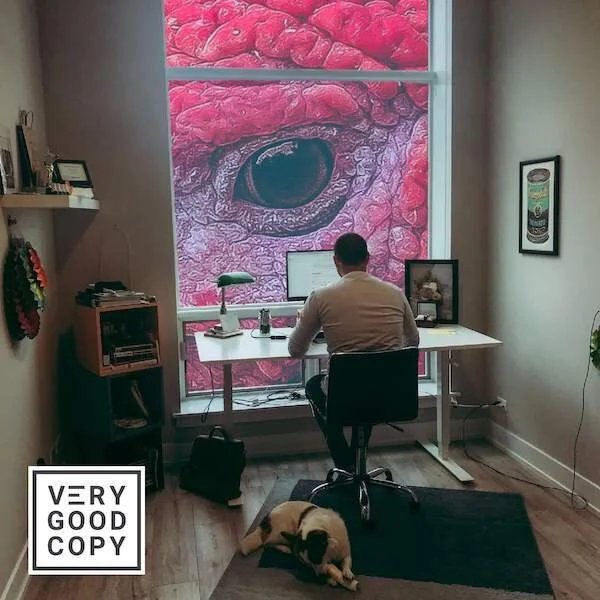



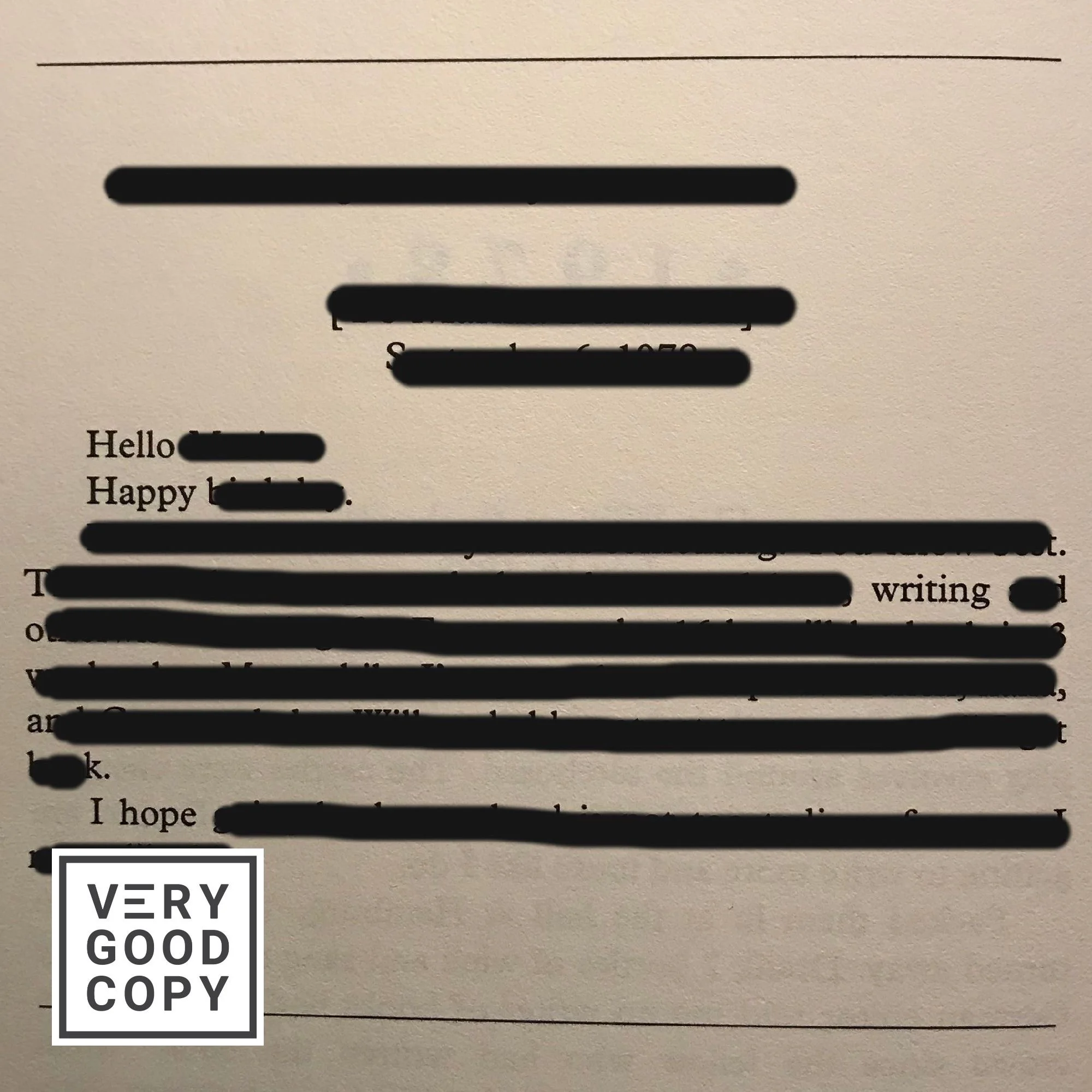
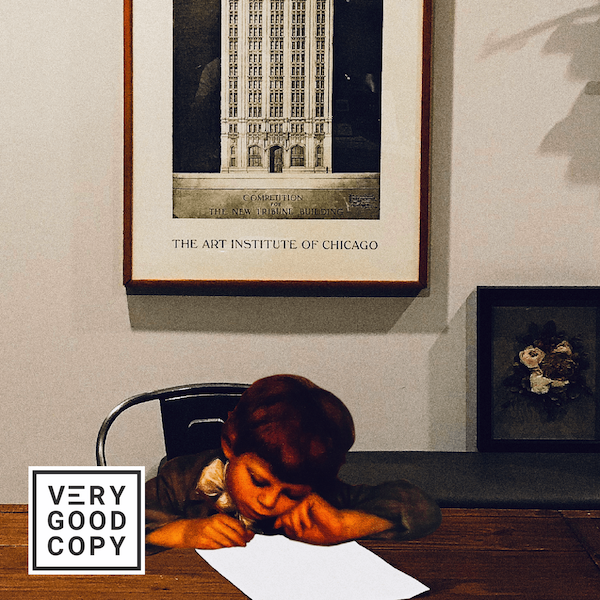



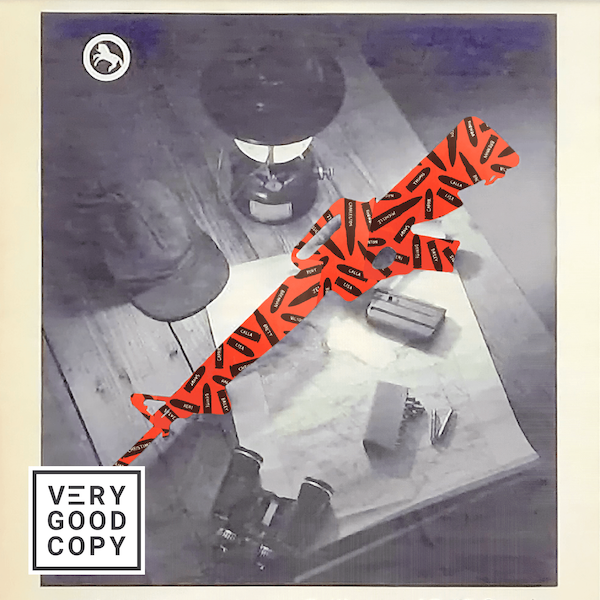









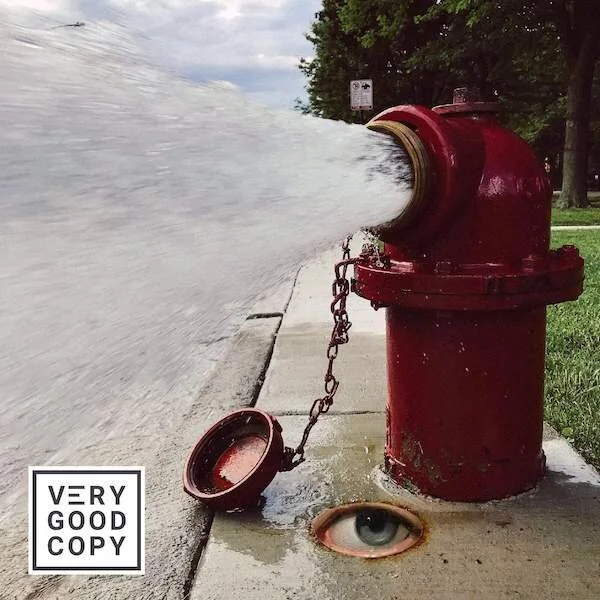







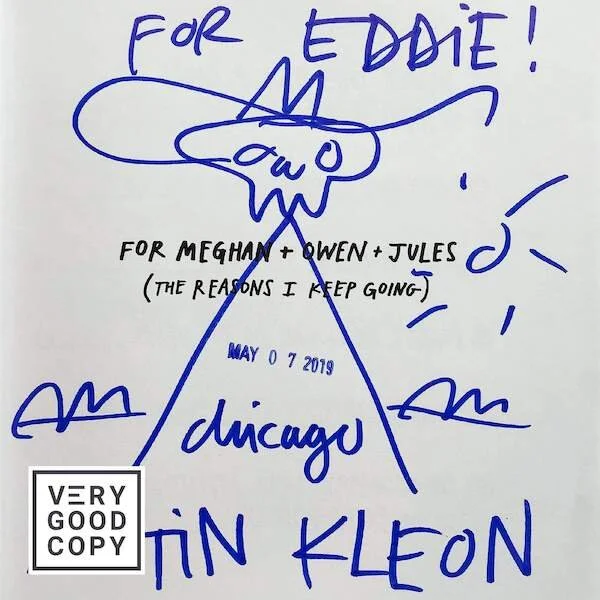









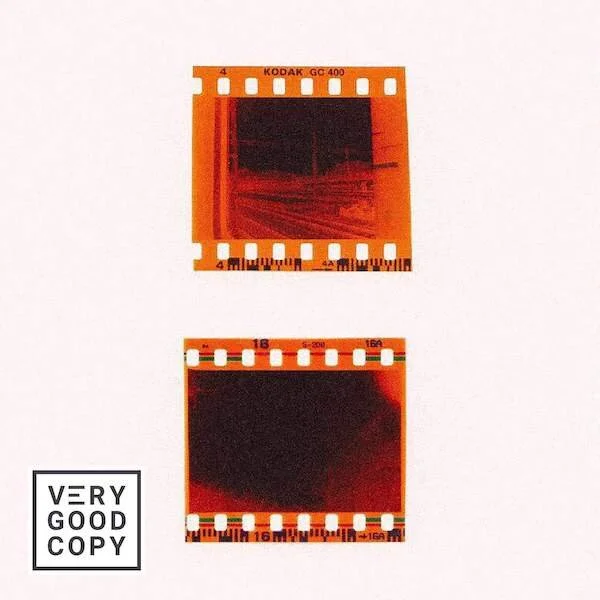



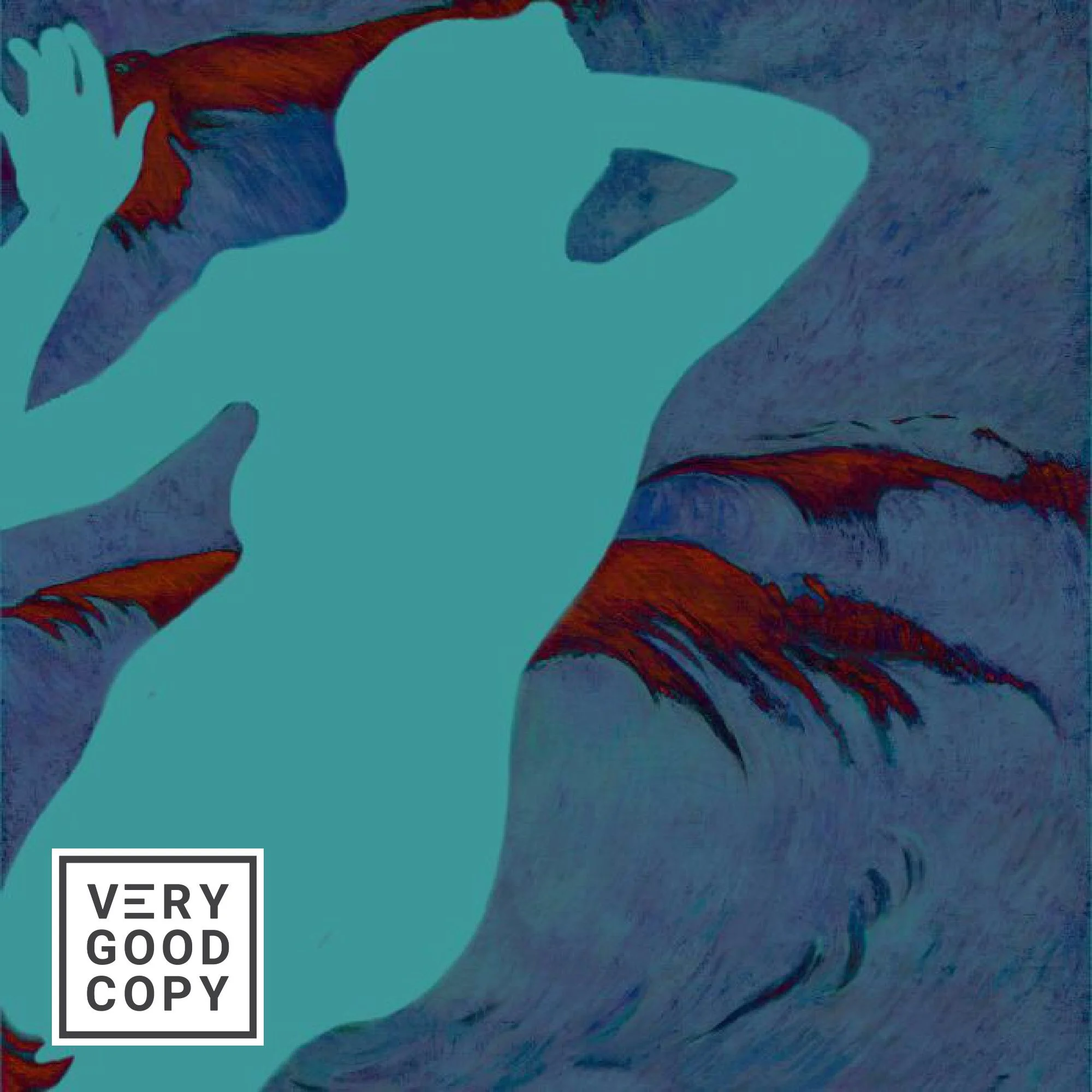










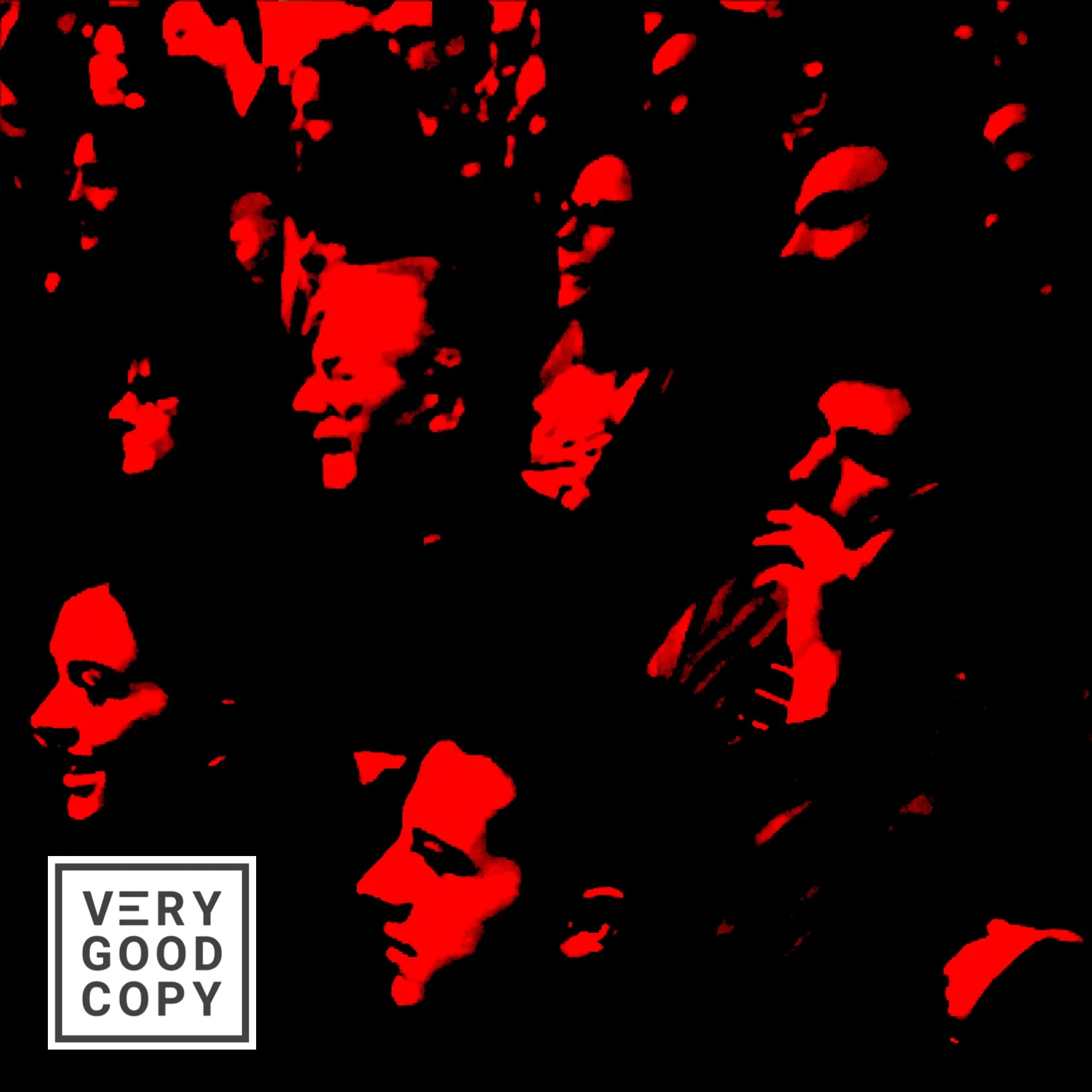
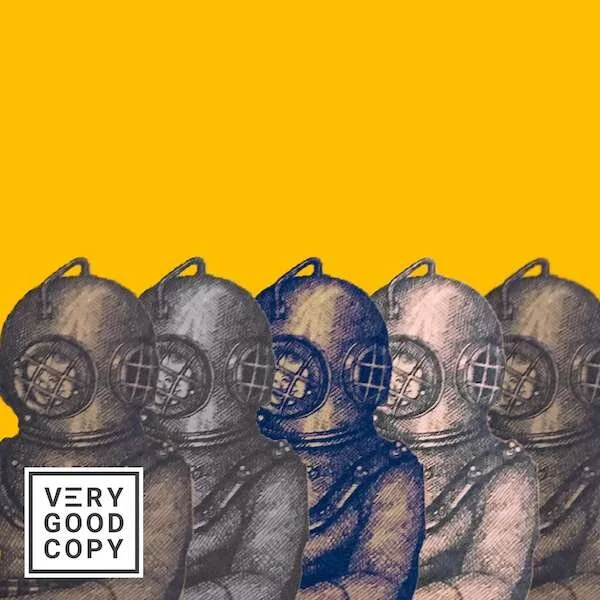



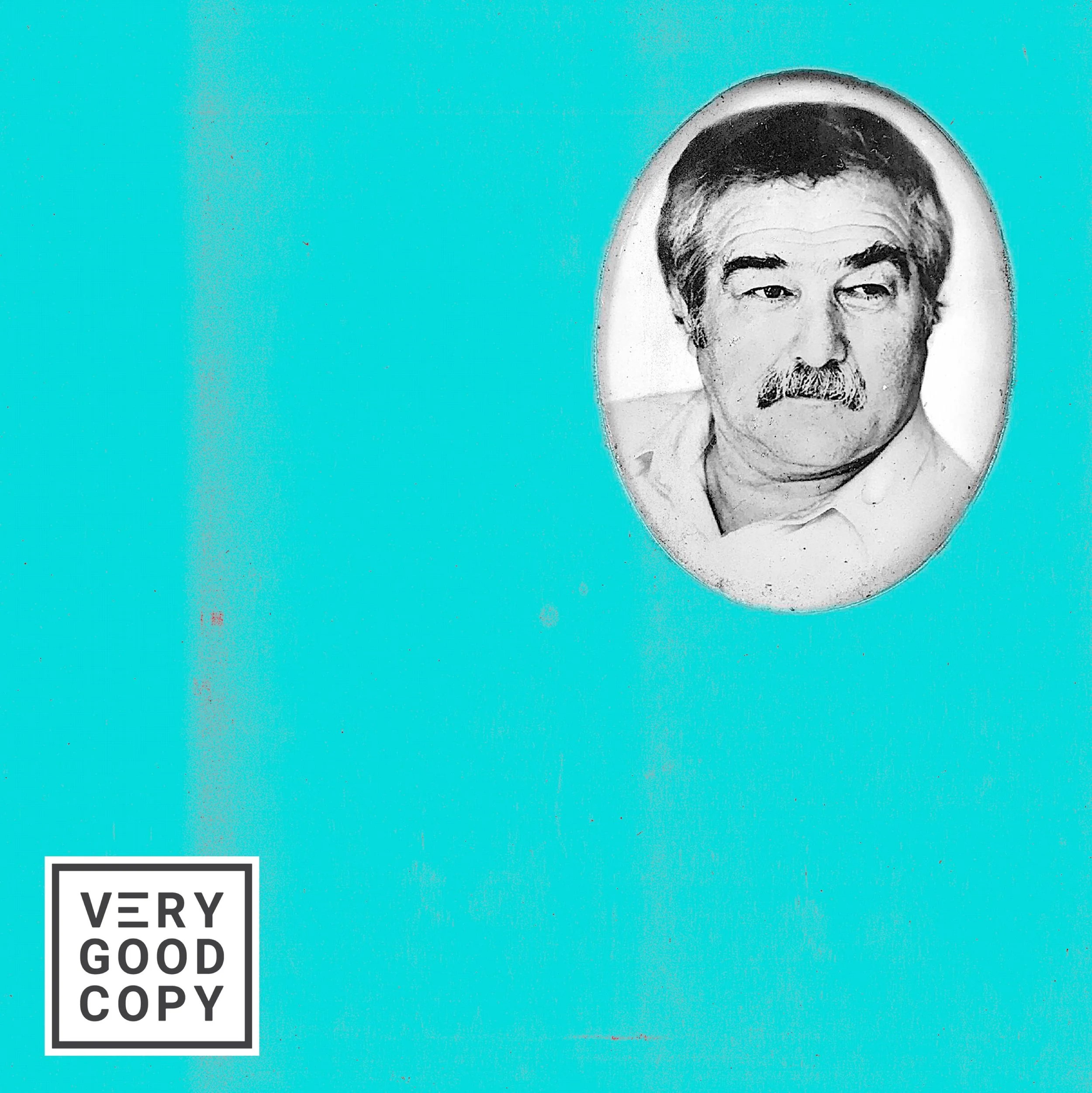



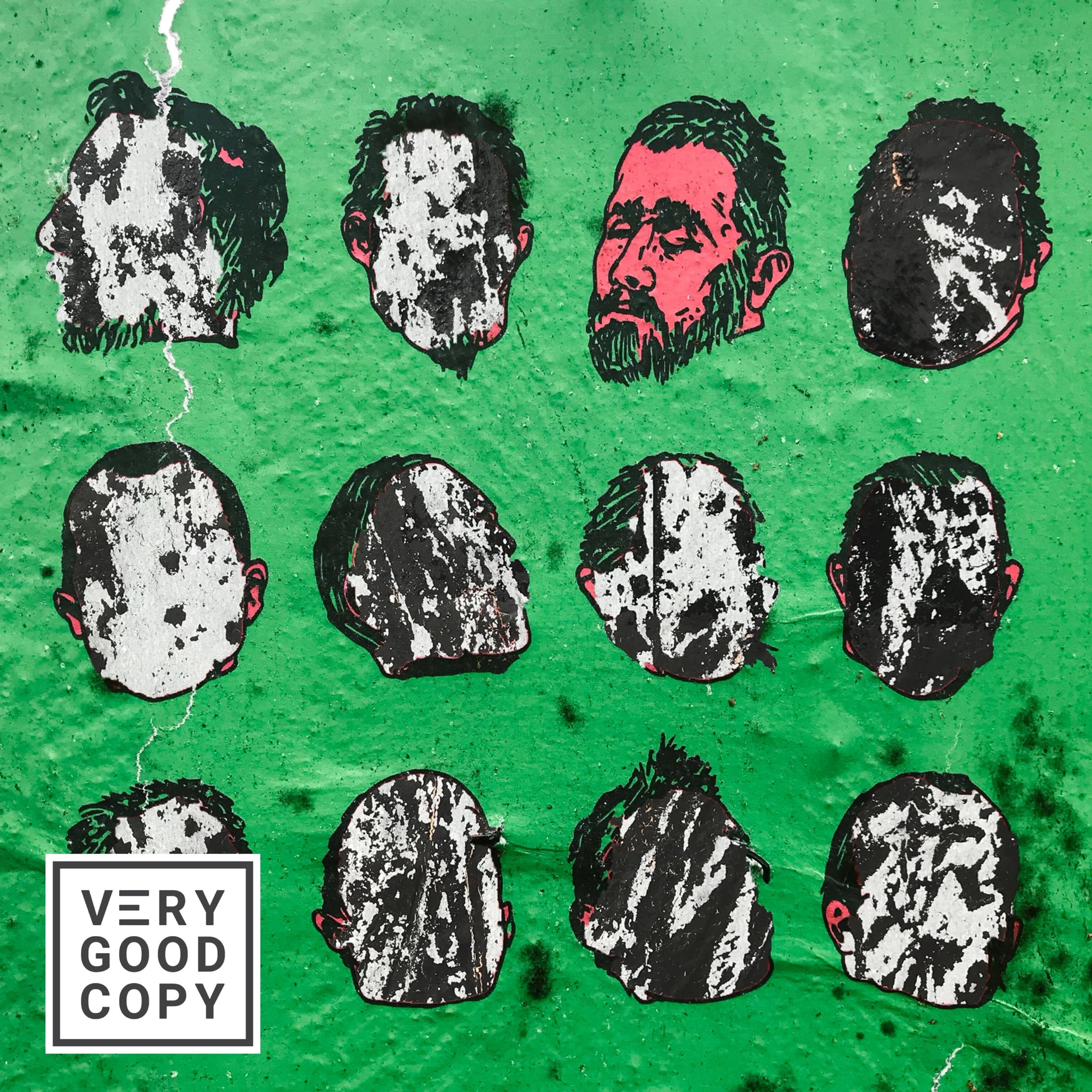

![How copywriters put prospects in the buying mood [quick trick]](https://images.squarespace-cdn.com/content/v1/5615edeae4b0b9df5c3d6e90/1533095575515-C2JPAZA3C46IBX00EMM8/Put+prospects+in+the+buying+mood+%5BVGC+art%5D.JPG)



